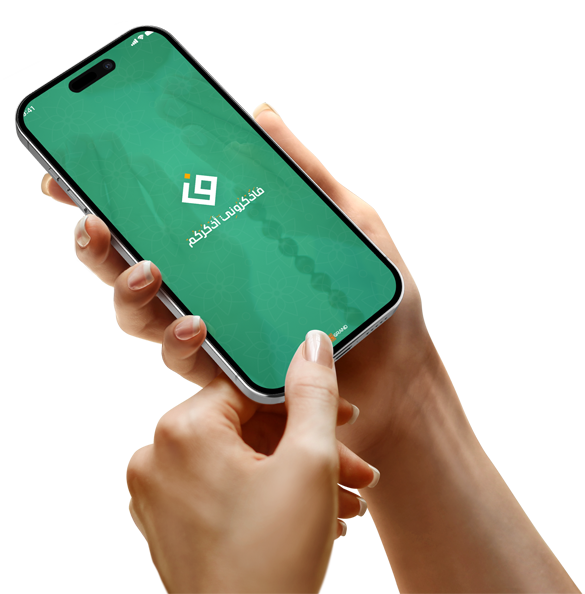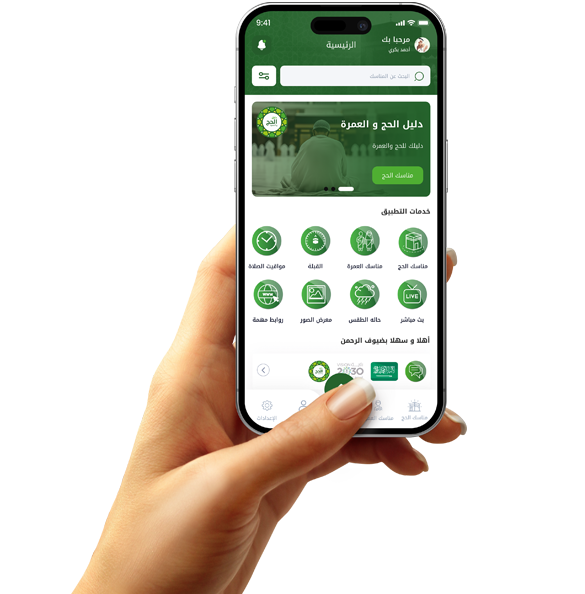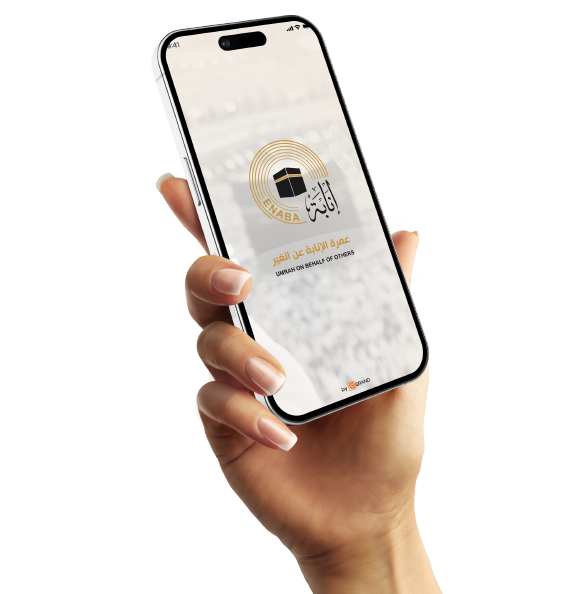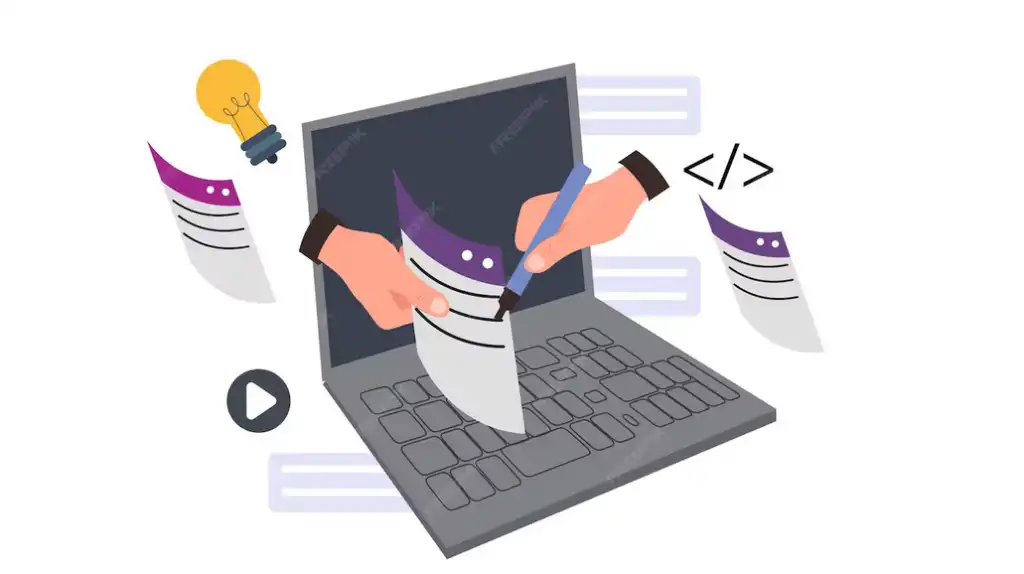How Apps Have Changed Home Consumer Behavior
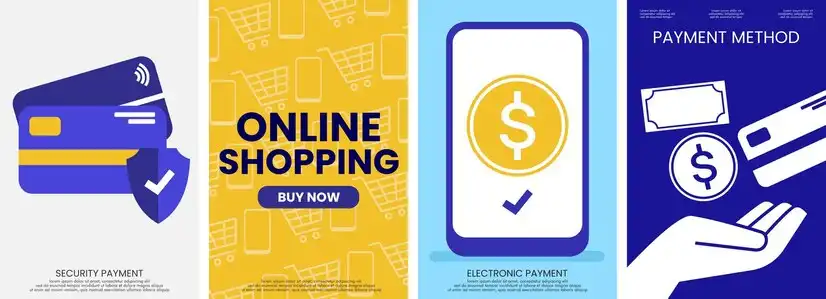
Personalization Creates a New Consumer Experience
Thanks to artificial intelligence and behavioral analytics, apps now accurately understand user preferences. This personalization guides consumers to discover products they might not have searched for, but finds them attractively presented with precise recommendations. This has transformed the traditional search method into a stream of ready-made suggestions.
Consumers have shifted from searchers to receivers, making them more susceptible to impulsive and unplanned purchases. Recommendations are now based on their past history, meaning each in-app experience is different.
Sales apps have become like an intelligent personal assistant that understands you and presents you with the right offers at the right time. This has completely transformed the relationship between consumers and products, from a fleeting one to an ongoing interaction.
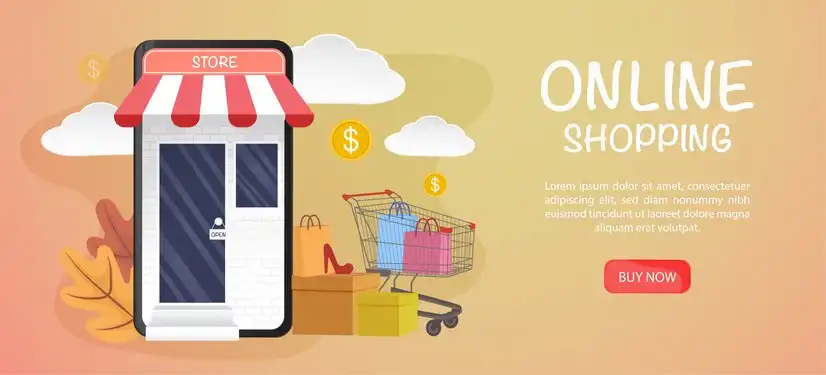
Offers and Discounts Change the Timing of Purchases
One of the most significant changes in household consumer behavior is their attachment to instant offers and alerts. Most apps send daily notifications of offers and discounts, making purchasing decisions based on timing rather than necessity.
This has led to the phenomenon of repeated or unplanned purchases, as consumers feel they don't want to miss out on the offer. As consumers become accustomed to this mechanism, their perception of products has changed; they don't buy when they need them, but rather when they are offered them at an attractive price.
Apps have changed not only what people buy, but also when they buy them. This has upended traditional concepts of household consumption, which were based on weekly or monthly menus.

Effortless Home Shopping
Convenience is the key factor behind apps changing consumer behavior. Previously, buying household items required physical effort and a timetable. Today, everything is done via mobile phones, from the comfort of your home.
Consumers no longer need to carry bags, stand in line, or browse shelves. Apps have made all of this easier with a simple interface and precise filtering options. Yet, they still feel in complete control over what they buy.
This ease has attracted different age groups to home shopping. Even the elderly are using apps, meaning that the change has affected the entire family and reshaped collective consumption habits.
A Multitude of Options Has Eliminated Brand Loyalty
One of the significant changes brought about by apps is the disappearance of absolute brand loyalty. Home consumers now have many options in a short time, making it easy to switch between products.
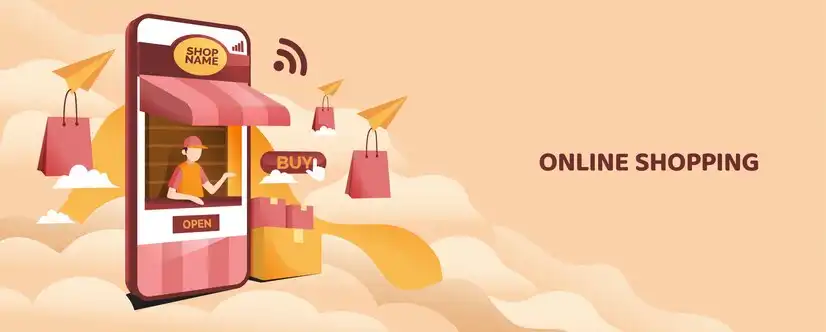
Connection to Daily Habits
App usage has become part of the consumer's daily routine. For example, starting their day by ordering coffee, or ordering vegetables for dinner before heading home. This daily habit makes the app a partner in managing the details of life.
With the "Reorder" and "Favorites" features, consumers have become automated, without the need to rethink or plan. The app knows what the user wants and intelligently suggests it.
This daily repetition has created a state of near-total dependence on apps, which have become the family's purchasing memory instead of pen and paper.
Buying on installments has changed home purchasing priorities
The introduction of installment payment options through apps has made large items more accessible to the average consumer, even if they aren't immediately financially ready. This has changed home purchasing priorities.





